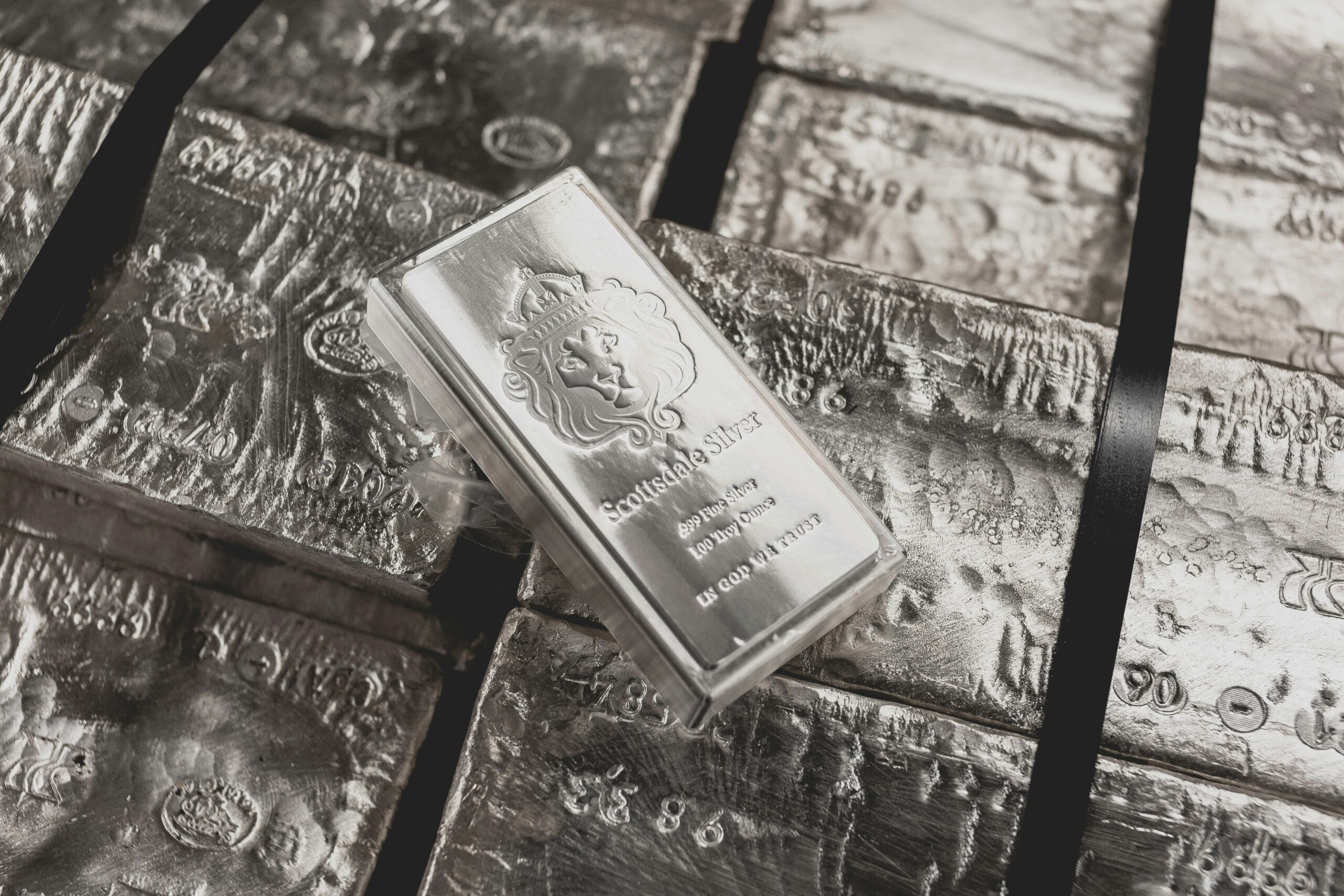
Silver is a precious metal with strong industrial, investment, and jewelry demand, making it unique among commodities. Below is a detailed breakdown of silver’s role in global markets.
1. Key Characteristics
-
Dual Role: Acts as both a precious metal (like gold) and an industrial metal (like copper).
-
Conductivity: The best electrical and thermal conductor among metals, making it essential for electronics.
-
Malleability & Luster: Easily shaped and highly reflective, ideal for jewelry, silverware, and solar panels.
-
Monetary History: Used in coins for centuries; still held as a store of value and inflation hedge.
2. Major Producers & Supply
Top Producers (2024 Estimates)
-
Mexico (~23% of global supply)
-
China (~14%)
-
Peru (~13%)
-
Russia (~6%)
-
Australia & Poland (~5% each)
-
Mining: ~800 million ounces annually (~25,000 metric tons).
-
Recycling: ~150-200 million ounces (scrap jewelry, electronics, and industrial waste).
-
Supply Constraints: Declining ore grades, fewer new discoveries, and high energy costs impact production.
3. Demand Drivers
Industrial (50-60% of Demand)
-
Electronics: Circuit boards, semiconductors, and batteries (EVs, 5G tech).
-
Solar Panels: Photovoltaic cells (~100 million oz/year, growing with green energy push).
-
Automotive: Electric vehicles (silver used in sensors, switches, and infotainment systems).
-
Medical & Antibacterial: Used in wound dressings and medical devices.
Investment (25-30%)
-
Physical Bullion: Coins (American Silver Eagle, Canadian Maple Leaf), bars.
-
ETFs: iShares Silver Trust (SLV), Sprott Physical Silver Trust (PSLV).
-
Futures & Options: Traded on COMEX (NYMEX).
Jewelry & Silverware (20-25%)
-
Popular in India (biggest market), China, and the Middle East.
4. Price Influencers
-
Gold Prices: Silver often follows gold’s trends (but with higher volatility).
-
Industrial Demand: Economic growth boosts electronics & solar demand.
-
USD Strength: Like gold, silver prices fall when the dollar rises.
-
Interest Rates: Low rates favor precious metals (no yield, but inflation hedge).
-
Speculation: Silver is more volatile than gold, attracting traders.
5. Price Performance & Trends
-
Historical Range: $10–$50/oz (extreme volatility).
-
2020 High: ~$30 (pandemic-driven safe-haven demand).
-
2024 Range: $22–$28 (inflation, green energy demand).
-
Gold/Silver Ratio: Typically 70:1 to 80:1 (higher ratio = silver undervalued vs. gold).
6. Investment Options
Physical Silver
-
Coins: American Silver Eagle, Canadian Maple Leaf.
-
Bars: 1 oz to 100 oz (lower premiums than coins).
Paper Silver
-
ETFs: SLV, PSLV (physically backed).
-
Futures: COMEX silver contracts (1,000 oz per contract).
-
Mining Stocks: Pan American Silver (PAAS), First Majestic (AG), Wheaton Precious Metals (WPM – streaming company).
Alternative Exposure
-
Silver Streaming/Royalty Companies: Wheaton Precious Metals, Metalla Royalty.
-
Junior Miners: High-risk, high-reward exploration stocks.
7. Risks & Opportunities
Risks
-
Economic Slowdown: Weak industrial demand hurts prices.
-
Substitution: Cheaper alternatives (e.g., aluminum in solar panels).
-
Market Manipulation: Silver market is smaller than gold, prone to volatility.
Opportunities
-
Green Energy Boom: Solar & EV demand rising.
-
Monetary Metal Appeal: Inflation hedge if fiat currencies weaken.
-
Undervaluation: Low prices compared to gold (high gold/silver ratio).
Conclusion
Silver is a hybrid commodity, balancing industrial utility and precious metal appeal. Its price depends on:
✔ Economic growth (industrial demand)
✔ Gold’s movement (investment demand)
✔ Green energy adoption (solar, EVs)
